The next destination of India's drug racket cycle is Delhi, Mumbai After the film world, news of huge amount of drug transactions
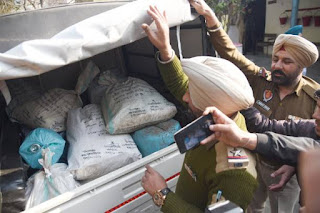 |
The drug racket was discovered during the investigation into the death of actor Sushant Singh Rajput. The Bureau of Narcotics Control identified and arrested about 20 people in Mumbai, and later searched the national capital, Delhi, and other metros for information on drug use. According to a senior official of the country's top drug enforcement agency, the drug menace has been noticed in various places.
Meanwhile, the agency-led official did not elaborate. "We are also focusing on Delhi," he said, suggesting that the NCB was looking at a Mumbai-style campaign that would break the right price chain on drug cartels in Mumbai.
Investigators in the Mumbai case began the operation with information that a man had bought drugs. And as the investigation progressed, evidence was leaked that about 20 people, including actor Riya Chakraborty, were involved. Investigations have intensified and as the investigation progresses, the names of several Bollywood A-listers and politicians have come up.
It is a big problem for drug users to identify during such operations. People who buy medicine often do not know why they are buying it.
A nationwide survey on drug use published by the government in 2012 came up with a shocking piece of information. According to the survey, Delhi is the cradle of opioid users. Other states - Uttar Pradesh, Punjab, Haryana, Maharashtra, Madhya Pradesh and Andhra Pradesh - accounted for more than half of the 77 million opioid users in Delhi alone.
Another shocking fact revealed in this study is how terrible the drug problem in India is. According to the survey, 2.1% of the country's population used opioids, three times the global average of 0.7% and four times the 0.46% in Asia.
According to the NCB, of the 77 million people who use opium, only 2 million rely on a daily requirement of 0.5 grams of heroin. According to that, the average daily consumption of heroin in the country is 1000 kg. Which means there is a demand for a minimum of 360 tons of retail quality or 36 tons of wholesale (pure) quality heroin per year. The international price for this wholesale demand for heroin stands at Rs 1,44,000 crore.
In this huge heroin market, law enforcement agencies were able to seize only 2.4 tons of heroin in 2019, the year the countrywide survey was published.
Officials say they are seeking to dismantle international supply chains used by drug traffickers. In a joint venture, various countries, such as the United States, Canada, Australia, the United Kingdom, Russia, and South Africa, began receiving drug-related information and sharing real-time information from drug-dealing agencies. Against drug culture. And some are also achieving success.
India's geographical location hinders this initiative. India faces major problems between the Golden Crescent on the north-western border and the Golden Triangle on the north-eastern border.
There are indications that Pakistani drug traffickers in parts of Pakistan near the Afghan-Afghan border are converting opium into heroin. NCB officer. Myanmar also poses another challenge with heroin and methamphetamine production and borderless. Opium is the second largest cultivator on 33,000 hectares of land in India's eastern neighbors Shan and Kachin. , Which is a border area with China.
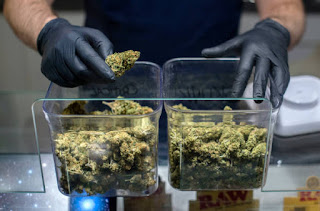
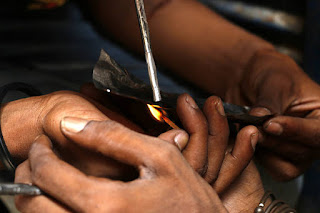
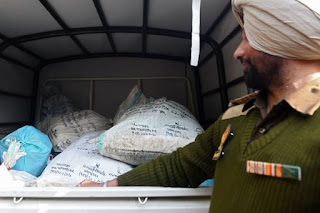
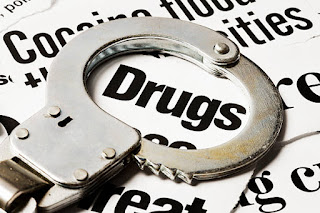
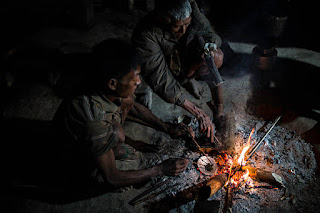



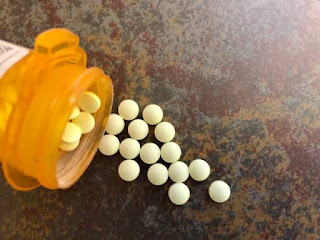

Post a Comment
Don't allow spam link